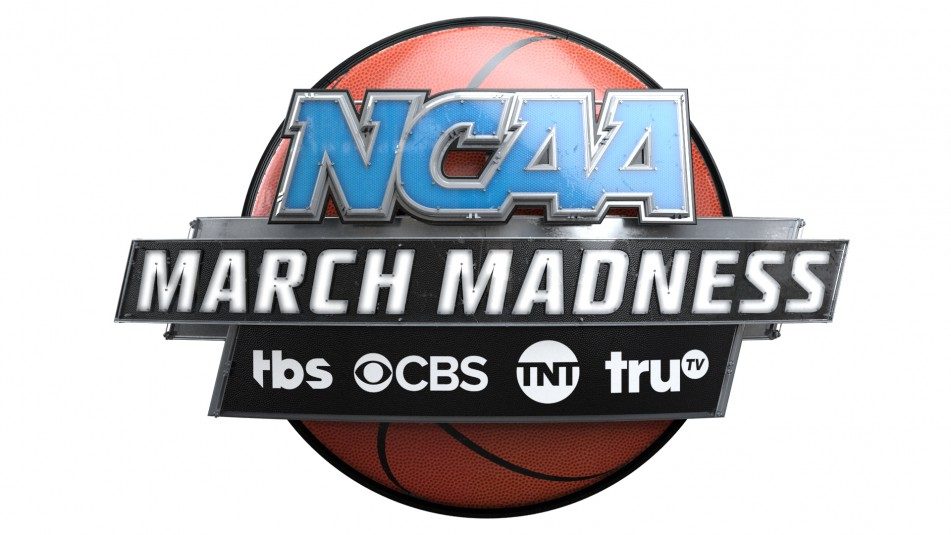For March Madness, the Audio Is Focused on the Fans
NCAA restrictions limit locations for microphones
Story Highlights
Nobody said college was going to be easy, and Dave Grundtvig, the A1 for Turner Sports’ allotment of this year’s March Madness games, knows that first hand. Restrictions imposed by the NCAA ban microphones along the scorers’ table line, which limits some sound effects on that side of the court — and definitely bars athlete or coach audio.
 “They’re pretty strict about where the sound can come from and how we can capture it,” says Grundtvig, who mixed sound for both CBS Sports and Turner Sports during last year’s tournament.
“They’re pretty strict about where the sound can come from and how we can capture it,” says Grundtvig, who mixed sound for both CBS Sports and Turner Sports during last year’s tournament.
The veteran A1 has his ways around some of that. For instance, he has Klover Products’ 9-in. parabolic dishes, attached using a Manfrotto Magic Arm, positioned about 5 ft. behind the glass backboard and aimed down and toward the court. These complement the Sony ECM77 lavs that he is able to insert into the padding beneath the nets, picking up some of the “whoosh” effects. The parabs also help compensate for the lack of midcourt sideline TV cameras and the microphones that come with them, which were banished last year after referee Scott Wall tripped over a camera operator in a game. Even the boundary mics capturing the thump from the floorboards are absent this year.
But the most animated audio from 2017 NCAA Men’s Basketball Tournament, which is going out in 5.1 surround on both networks, will come from the fans in the stands, as well as from the bands in the stands, a characteristic college basketball shares with college football. So the areas behind the baskets of each court are crowded with microphones, including Shure KSM 32 and SM 81 condenser mics aimed in stereo at the bands seated behind the backboards. Crowd sounds are captured by Shure VP88 stereo condenser microphones set up in a mid-side configuration, with their output decoded through the Calrec Apollo console.
“That’s the core of the sound — the fans, the bands, the cheerleaders, the mascots — more so than the squeaks and ball bounces,” Grundtvig points out. “You’re really trying to capture the energy of the room. That’s the challenge of March Madness sound. It’s totally different from an NBA game.”
There are also the “family” microphones: two Shure Micro-Bodypack wireless systems paired with lavaliere microphones placed on hopefully enthusiastic parents, prescreened by producers, in anticipation of a son’s great shot that night.
“You never know what will come of that,” says Grundtvig, speaking from the audio compartment of the NEP Chromium truck in Greenville, SC, ahead of today’s Arkansas-Seton Hall game. “Sometimes there’s very little, but, other times, you get great reaction sound and shots. The games are great to watch, but the real excitement is in the stands. That’s what were trying to capture.”
